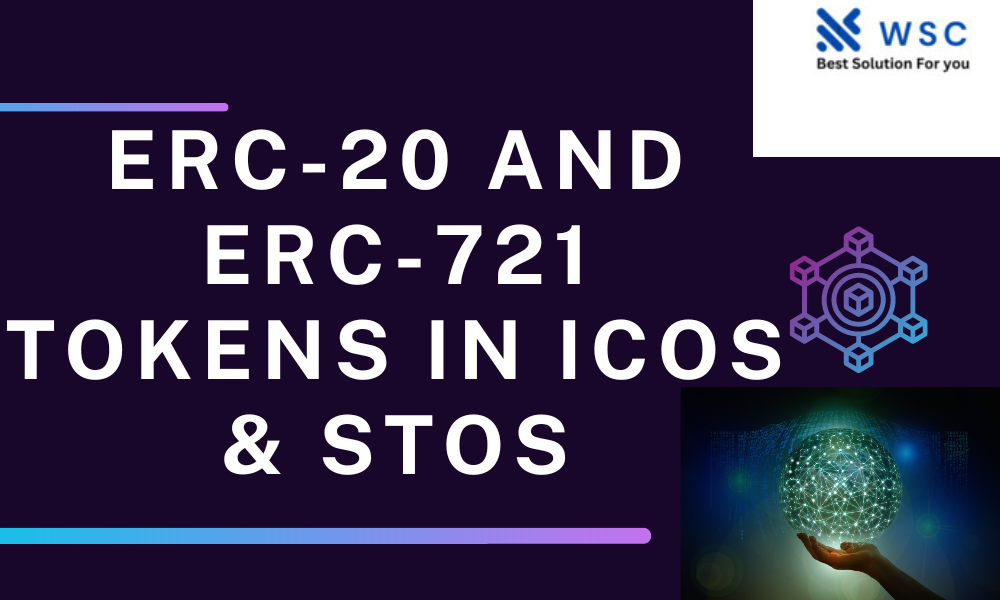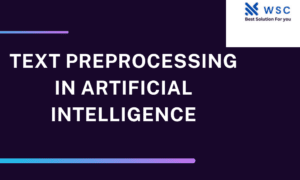Introduction
Blockchain technology has revolutionized the way we think about assets and investments. Two crucial standards, ERC-20 and ERC-721, have played pivotal roles in shaping the world of Initial Coin Offerings (ICOs) and Security Token Offerings (STOs). In this post, we’ll explore these token standards, their significance, and how they are employed in the exciting world of cryptocurrency investments.
Understanding Token Standards
Before diving into ICOs and STOs, let’s clarify what ERC-20 and ERC-721 tokens are. ERC-20 tokens adhere to a specific set of rules, making them fungible and interchangeable. ERC-721 tokens, on the other hand, represent unique assets, often used for collectibles or digital assets with distinct properties.
ICOs and ERC-20 Tokens
The Role of ERC-20 in ICOs
In the world of ICOs, ERC-20 tokens are the go-to choice. These tokens simplify the crowdfunding process by ensuring seamless compatibility with various wallets and exchanges. Smart contracts handle token distribution and automate investment processes, making ICOs more accessible to a global audience.
# Example ERC-20 Token Smart Contract (Practice Code)
# This code is a simplified representation for educational purposes.
pragma solidity ^0.8.0;
contract ERC20Token {
string public name = "Example ERC-20 Token";
string public symbol = "ERC20";
uint8 public decimals = 18;
uint256 public totalSupply;
mapping(address => uint256) public balanceOf;
mapping(address => mapping(address => uint256)) public allowance;
event Transfer(address indexed from, address indexed to, uint256 value);
event Approval(address indexed owner, address indexed spender, uint256 value);
constructor(uint256 initialSupply) {
totalSupply = initialSupply * 10 ** uint256(decimals);
balanceOf[msg.sender] = totalSupply;
}
function transfer(address to, uint256 value) public returns (bool success) {
// Transfer logic here
// ...
return true;
}
function approve(address spender, uint256 value) public returns (bool success) {
// Approval logic here
// ...
return true;
}
function transferFrom(address from, address to, uint256 value) public returns (bool success) {
// TransferFrom logic here
// ...
return true;
}
}
STOs and ERC-721 Tokens
The Power of ERC-721 in STOs
In contrast, Security Token Offerings (STOs) require compliance with regulatory frameworks. ERC-721 tokens provide the necessary flexibility to represent ownership of real-world assets such as real estate, art, or company shares. These tokens enable fractional ownership, ensuring better liquidity and transparency.
# Example ERC-721 Token Smart Contract (Practice Code)
# This code is a simplified representation for educational purposes.
pragma solidity ^0.8.0;
import "@openzeppelin/contracts/token/ERC721/ERC721.sol";
contract ERC721Token is ERC721 {
constructor(string memory name, string memory symbol) ERC721(name, symbol) {}
function mint(address to, uint256 tokenId) external {
_mint(to, tokenId);
}
}
Conclusion
In the fast-evolving landscape of cryptocurrency investments, understanding ERC-20 and ERC-721 token standards is crucial. ERC-20 tokens simplify ICOs, while ERC-721 tokens open doors to compliant and diverse STO opportunities. These standards continue to shape the future of blockchain investments.
By embracing these standards and learning to develop and work with them, you can participate more confidently in the exciting world of blockchain-based investments.
Remember, as blockchain technology evolves, so do its regulations. Always seek legal and financial advice before venturing into ICOs and STOs to ensure compliance with your local jurisdiction.
Check our tools website Word count
Check our tools website check More tutorial




